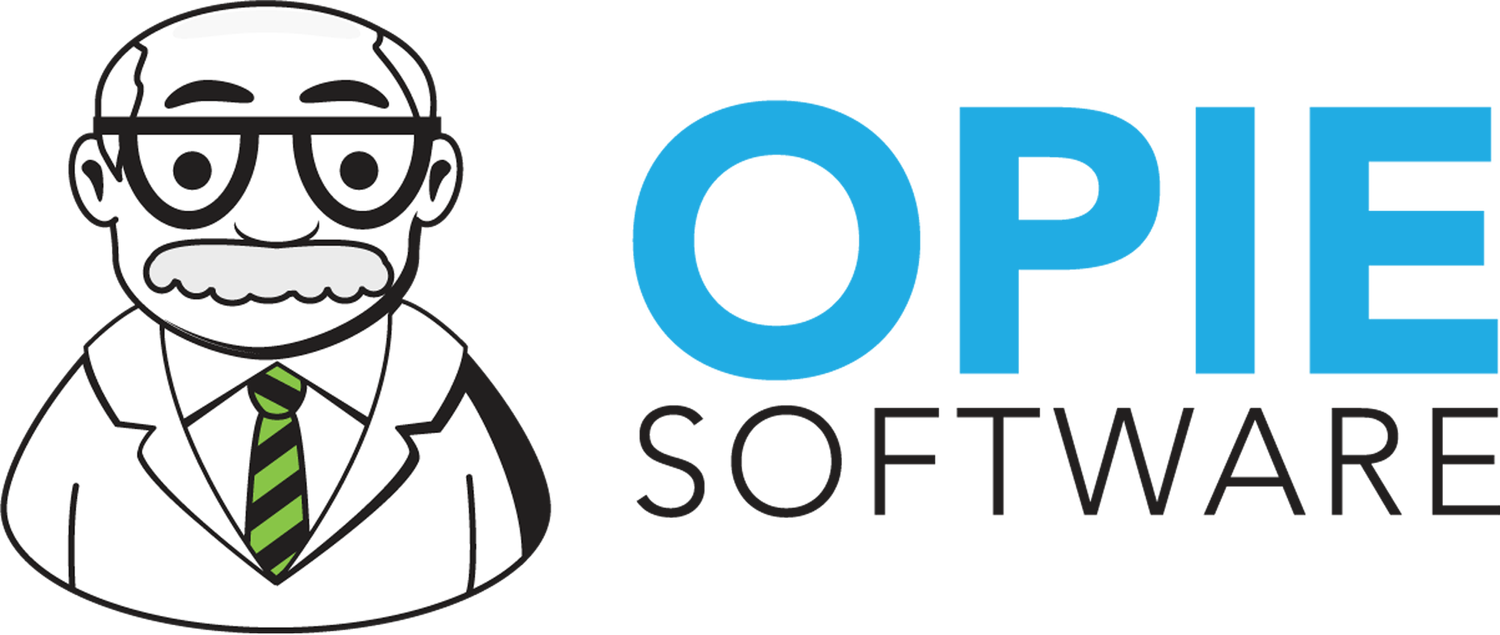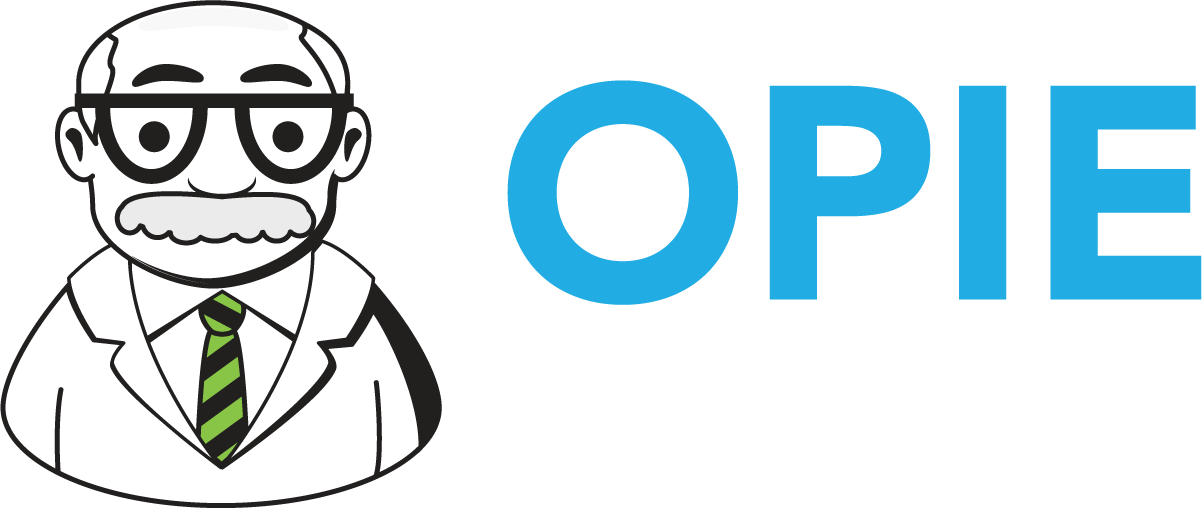Deconstructing Your Puzzle
The year has flown by…it’s time to think about how well we executed on our strategy for 2025 and what we are going to accomplish in 2026. Part of that should include an alignment of your people with their roles. Have you thought about how things have changed over time in your practice? Have you taken a critical look at the talents, skills and abilities of the people on your team? Are their competencies and passions still aligned with their job roles and demands? If not, this can lead to burn out and other issues that never end well.
The hardest part of an exercise like this is looking at the job without thinking about the person currently doing it. As a leader, you have to be able to separate the two so that you can objectively determine the functional needs. I want to be clear that this does not mean you have to let people go. We are simply “deconstructing the puzzle” that is your operation to see if there is an opportunity to improve.
For example, let’s take a high-level view of the Administrative role. Off the cuff, primary functions they manage daily include:
Creating the patient record in OPIE Anywhere and documenting their demographics
Getting the signed prescription(s)
Securing insurance/payment information
Ensuring that the physician who signed the prescription is authorized to do so (look them up in PECOS)
Verifying that the patient's insurance is active and for how long
Determining the best clinician in the practice to see the patient
Coordinating with the patient and the clinician's schedule to make an appointment for evaluation
Coordinating with the clinician as they create a care plan to ensure that insurance will cover the intended plan
Ordering necessary parts or supplies
Releasing the fab order to fabrication
Scheduling the patient for delivery
Collecting patient balances
Providing education
Obtaining proof of delivery
And that’s just the surface. So the core skills we might look for in the person who fills that role are:
Strategic workflow management: Mapping, optimizing, and monitoring sequential steps (intake to delivery) for speed and quality.
Team leadership and staff coordination, including aligning admin and clinical roles based on strengths, scheduling, and conflict management.
Effective and timely communication with patients, clinicians, payers, and referral sources—explaining next steps, requirements, and rationale clearly.
Critical thinking and problem-solving: Navigating exception scenarios, coverage uncertainties, or urgent orders with appropriate escalation and documentation.
Technology orientation: Using automation and advanced scheduling, documentation, or billing tools to reduce manual workload and error rates.
A commitment to continuous learning so they are able to keep up with changes and better process management
Time management and multitasking, maintaining attention to detail under pressure, and prioritizing based on clinical urgency.
After this, we want to start looking at aptitudes. Aptitude is a measure of how quickly or easily a person can acquire a skill. For example, I want to be a dentist. I have perfected the manual skills of drilling and filling teeth. These are learned and practiced skills and I am quite proficient. But if I have to do it in a mirror, I’ll probably drill the wrong tooth! Managing the mirror image relies on a person's natural aptitude for mentally rotating objects and understanding spatial relationships in three dimensions. Since this is a critical element of being a successful dentist, perhaps I should find something else to do.
This is the exercise we want to go through in practice admin. What are those critical elements that must be in place to be successful in the job or task at hand, and who in the office is best suited to get it done with a positive outcome without creating unnecessary stress (like forcing me to drill a tooth upside down and backward!).
Aptitude plays a foundational role in office administration by influencing how quickly and effectively an individual can master essential administrative skills and adapt to new challenges or changes in the workplace. While skills like data entry, scheduling, and using EMR systems can be trained, the speed, depth, and sustainability of that learning are closely linked to the person’s underlying aptitudes.
Key Aptitudes in Office Administration
Organizational Aptitude: The natural ability to structure tasks, track details, and maintain order under time pressure—critical for juggling multiple administrative duties efficiently.
Communication Aptitude: An innate capability for clear written and verbal expression, along with active listening; essential for relaying information between clinicians, patients, and payers.
Interpersonal Aptitude: The natural ease in building rapport and resolving conflicts, crucial for working in teams or handling challenging clients and clinicians.
Problem-Solving Aptitude: The ability to think critically and adaptively when faced with unexpected workflow disruptions, insurance denials, or scheduling changes.
Technological Aptitude: A predisposition for learning and comfortably integrating new software or digital processes, necessary as administrative workflows in healthcare become more tech-driven.
Why It Matters
Individuals with high aptitude in these areas tend to acquire the corresponding administrative skills more rapidly and need less oversight, reducing onboarding and training time.
High aptitude allows administrators to handle complex, stressful, or changing situations—like regulatory updates or technology shifts—more adaptively and with better morale.
In Practice
When hiring or evaluating office administrators, it’s wise to assess not just current skills but also underlying aptitudes. This ensures the team can continually evolve, quickly adopt new systems, and maintain high standards of patient care and operational efficiency.

